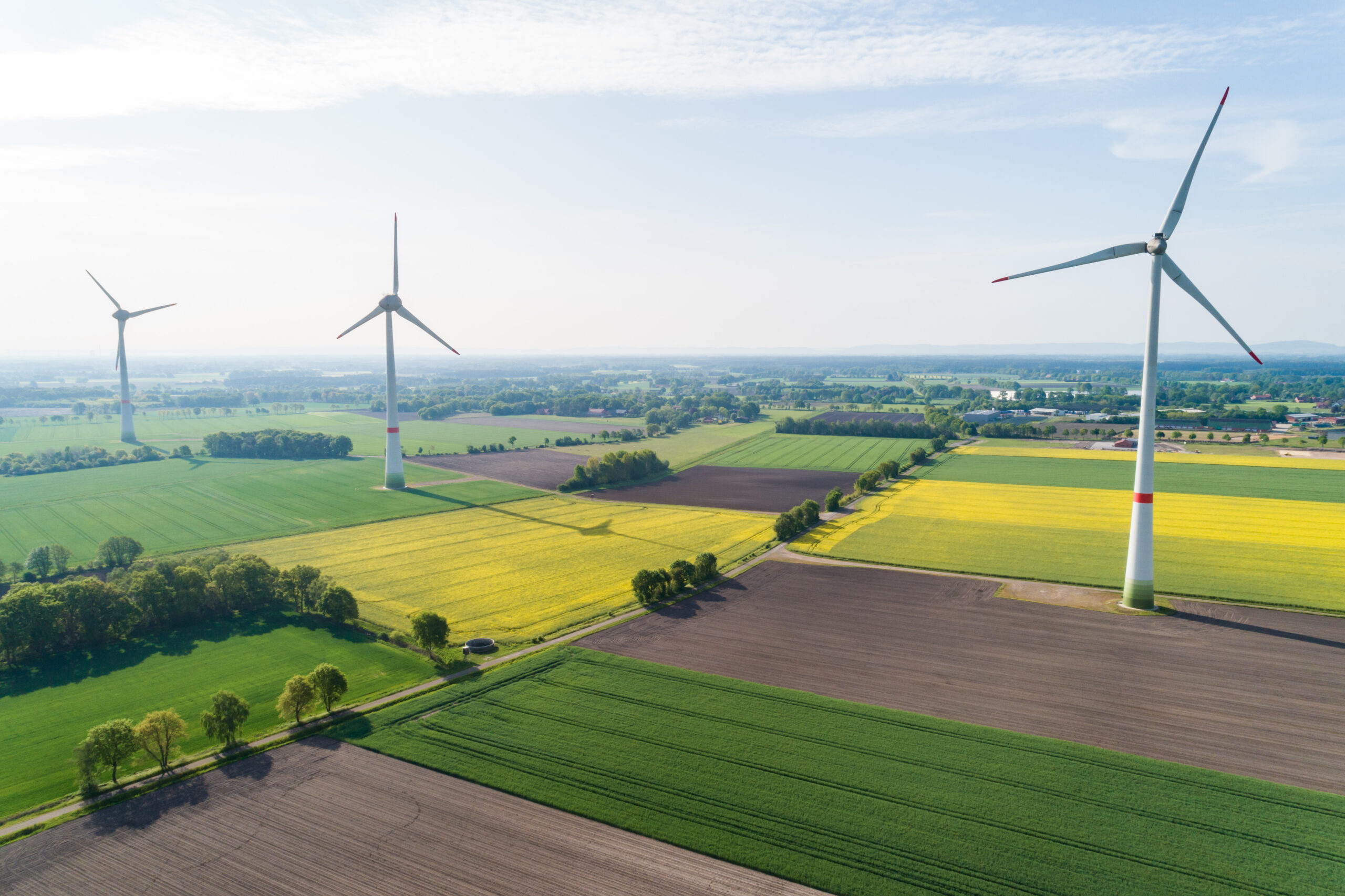As gas shortages loom, Germany hastens energy transition
Germany is in the process of adopting a number of laws that it hopes will help speed up the energy transition and achieve an 80% renewables target in the electricity sector by 2030.

Germany has formally adopted a target to reach 80% of renewables in electricity generation by 2030, up from a share of about 45% now. To achieve this, Berlin targets 215 GW of solar power installations by 2030, 30 GW of offshore wind and 115 GW of onshore wind. Currently, installed capacity is about 56 GW for onshore wind, 8 GW for offshore wind and 58 GW for solar power.
To this end, Germany is currently adopting a legislative framework to help accelerate renewables development. The Bunderat, which represents the 16 lander, or states, in Germany, recently adopted a number of bills under the so-called Easter Package including a revamp of auctions and support schemes for offshore wind and accelerating the electricity grid expansion.
According to the new laws, as much as 2% of Germany’s land mass will be allocated to onshore wind by 2032, and 1.4% by 2027. Currently 0.8% of the landmass is designated to onshore wind, although only 0.5% is actually available, the government says.
“The ‘Easter Package’ of measures redraws the roadmap for Germany’s energy transition, although the country’s energy policy objectives were already ambitious,” Peter Osbaldstone
Research Director, European Power at Wood Mackenzie, tells Gas Outlook. He notes that, in addition to the 80% goal, Germany also targets 100% renewables in 2035 and climate neutrality by 2045.
“However, as is usually the case with headline announcements like this, much of the detail is still to be finalised,” he says.
Osbaldstone describes the 80% by 2030 goal as very challenging “but not entirely out of the market’s reach.” Key obstacles for a faster renewables expansion include supply chain constraints for materials, a much-needed grid expansion as well as planning and regulatory delays.
Data from Wood Mackenzie suggests that the number of permits issued for the construction of new onshore wind farms decreased in the first quarter of 2022, to around 1 GW.
“To put the scale of this issue into context, the 80% goal requires onshore wind additions to rise to 10 GW per year,” says Osbaldsone.
In the shorter term, Germany’s energy security is under severe pressure due to its heavy reliance on Russian gas. The three-party coalition government, led by Olaf Scholz, says it stands by the goal of phasing out coal by 2030, but its reliance on the fuel will not go away anytime soon.
Due to a shortage of gas, since Gazprom has cut supplies to the country sharply in recent weeks, the country is calling on idle coal and oil-fired power plants to return to the market. There are also plans for five Floating Storage Regasification Units (FSRUs) to be installed by the end of 2023.
Economic woes
Arash Duero, Advisor to the Global Gas Centre at Bingmann Pflüger International, a Berlin-based consultancy, noted that Germany, as most of the Eurozone, is teetering on the edge of recession. Germany is also facing significant economic uncertainty over the mid to long-term, he says.
“This will likely have a negative impact on the trajectory of its energy transition,” Duero tells Gas Outlook. “Already, the country is re-starting coal plants and LNG imports are no longer a controversial issue. So, at the moment, it does not look like it can achieve that target [80% renewables] while attempting to ensure continued economic growth,” says Duero.
If energy demand decreases due to much slower economic activity and lower living standards then renewable targets can be reached more easily, Duero adds.
“The obvious question is if this is desirable. The real challenge is achieving the target while ensuring continued economic growth. To do this, Germany will have to get its financial house in order and ensure that its economy, which has been the driver of the energy transition, recovers from the pending crisis.”
Heating demand
Germany is not just trying to cut gas consumption in its power generation segment. The country’s heating sector also consumes plenty of gas. More than 80% of the heat demand in Germany is currently still fueled by oil and gas, most of which is imported, according to the Ministry of Economy Affairs and Climate Action. In 2021, Germany burnt 410 TWh of gas for heating buildings, which is over 40% of all gas consumed in Germany.
“Almost every second German household heats with natural gas. In the case of newly installed heating systems, the rate is even 70 percent,” the ministry said in a recent statement.
Germany’s three-party coalition government has agreed that every heating system in buildings should be operated with at least 65% renewable energy. This will apply to every heating system replacement in new or existing buildings from January 1, 2024.
The ministry is currently carrying out a consultation on this topic with civil society, including real estate, tenants, consumers and environmental associations. The consultation will last until 22 August. After the consultation, the ministry says it will, together with the Ministry for Housing, Urban Development and Building, draw up a draft law for heating in buildings based on the goal to switch to renewables such as heat pumps.



